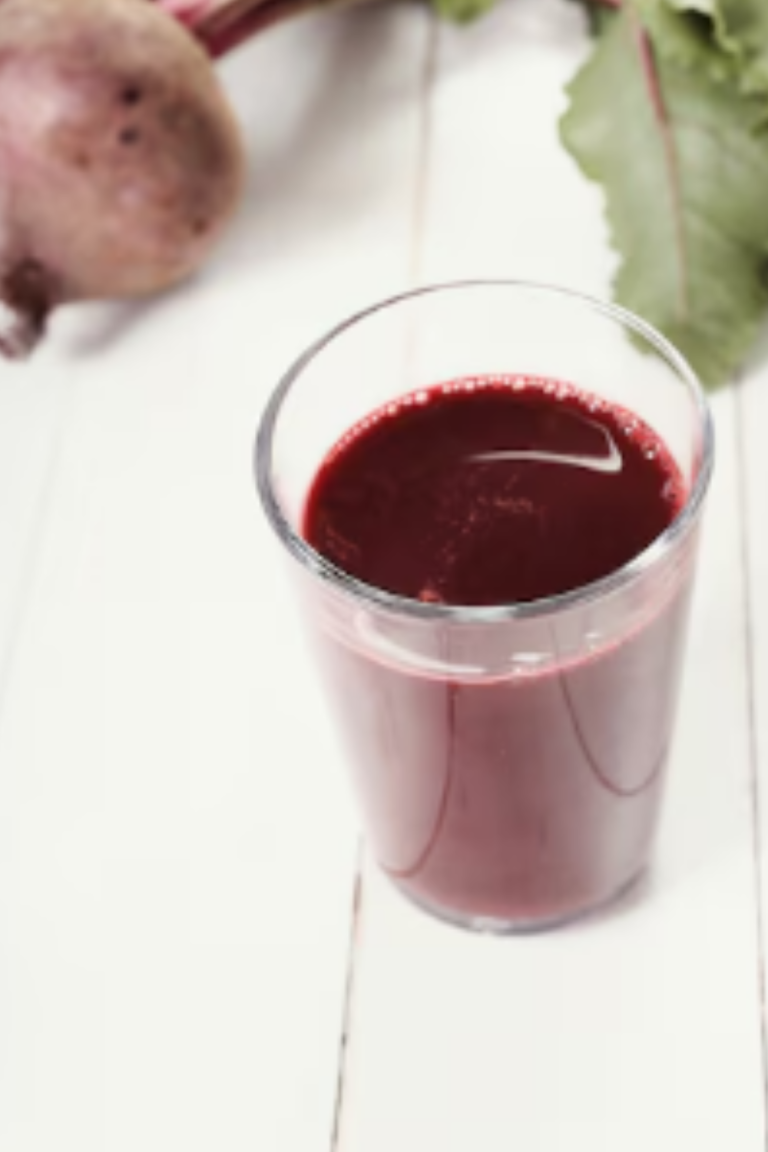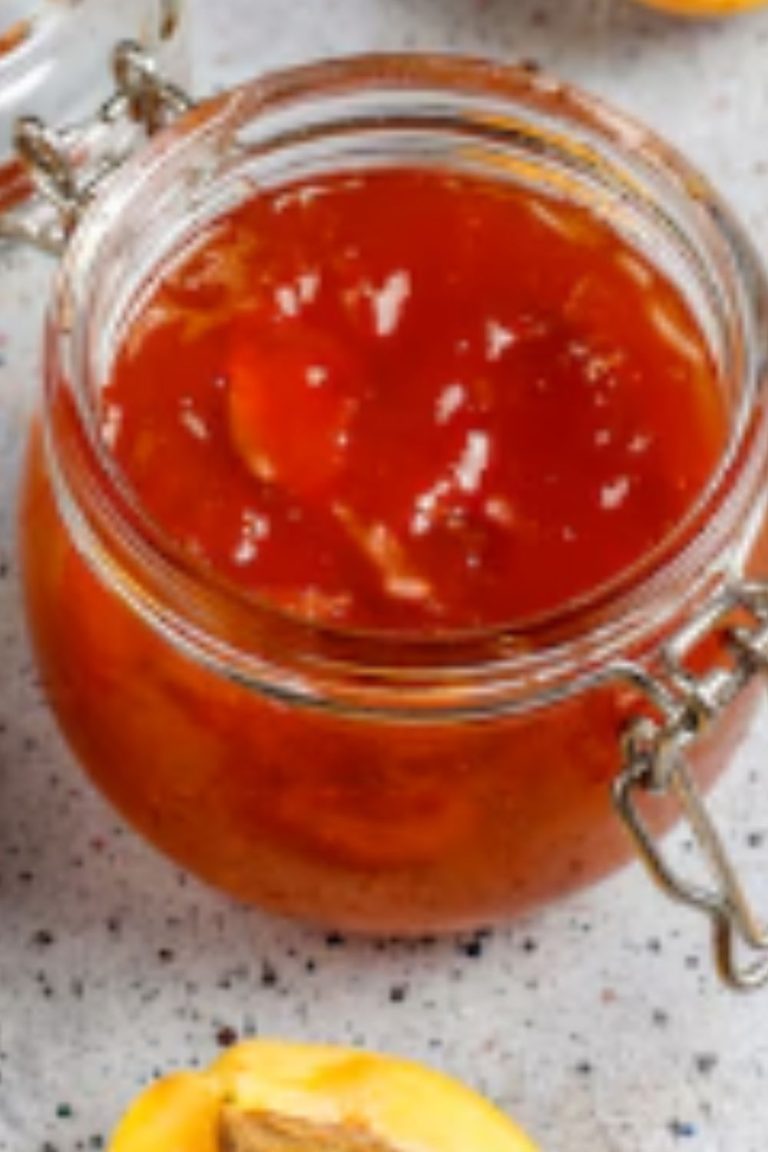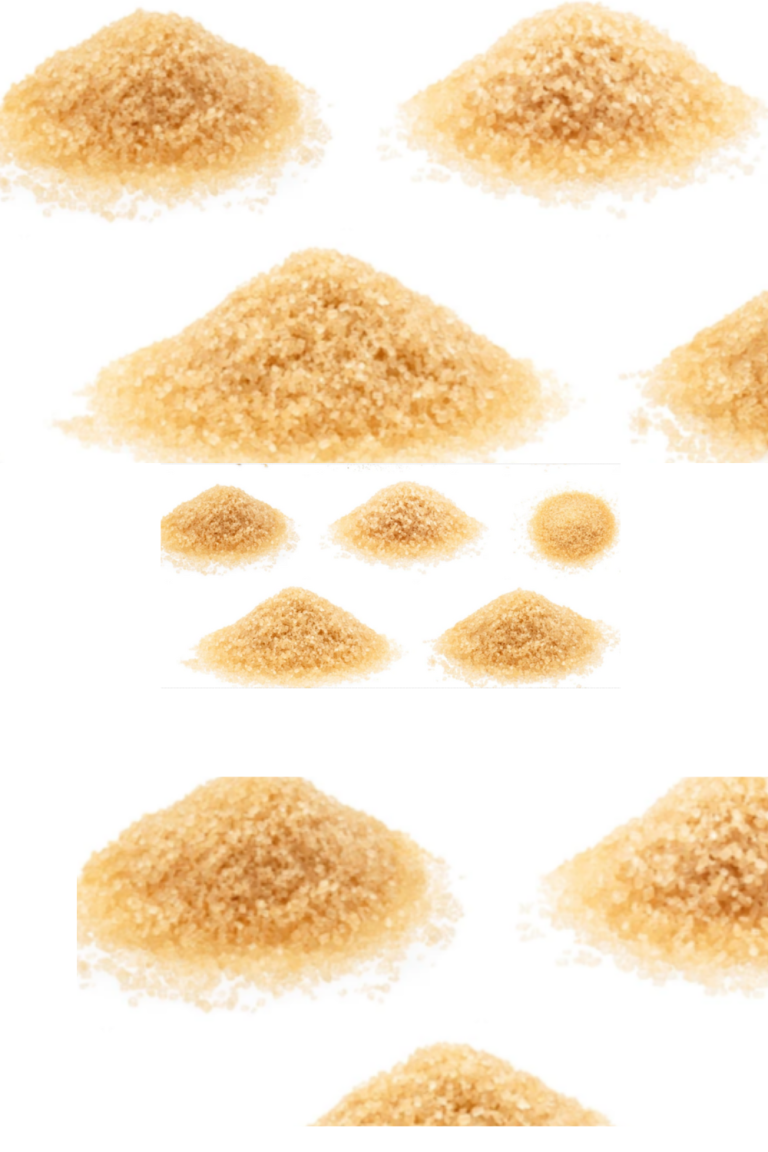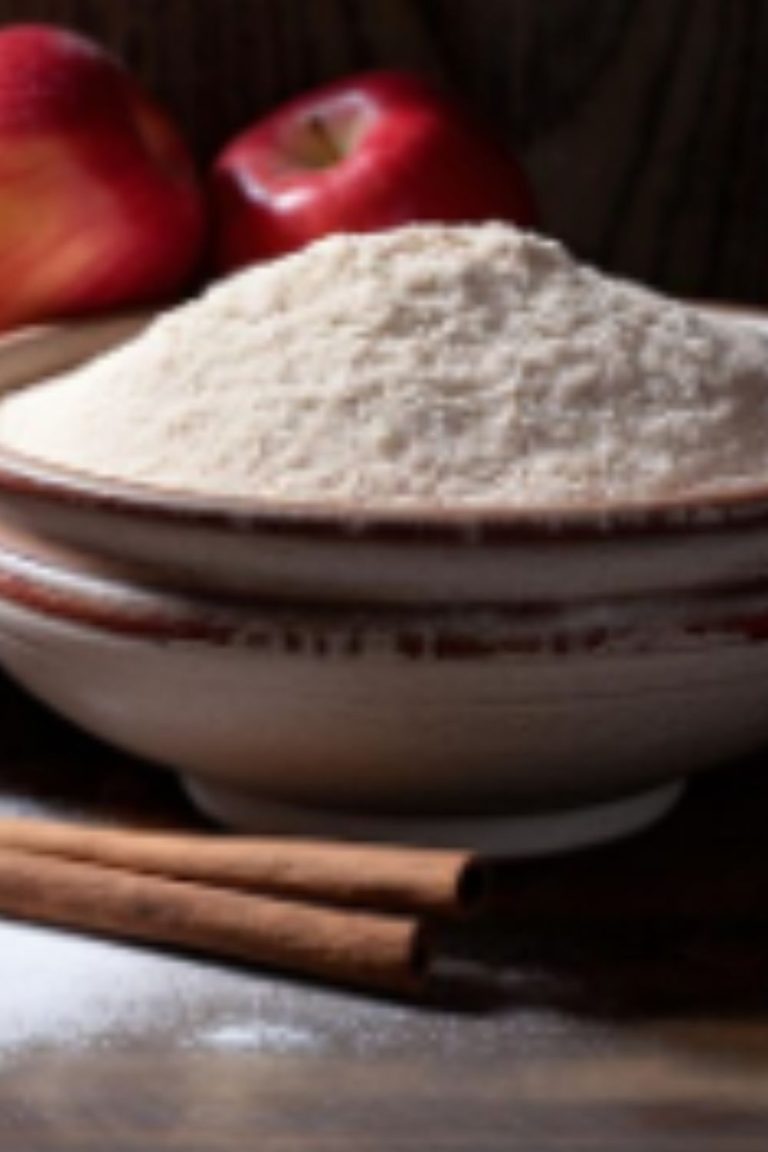GLF: Gluten-Free Flour role in cakes Explained
Table of Contents
ToggleWhat is Gluten-Free Flour?
Gluten-free flour is a type of flour that does not contain gluten, a protein found in wheat and several other grains like barley and rye. Gluten is responsible for giving dough its elasticity and baked goods their chewy texture. However, for individuals with gluten intolerance or celiac disease, consuming gluten can cause adverse health effects. Gluten-free flour provides an alternative, allowing those individuals to enjoy baked goods without discomfort. Check out the right Fresh Gluten-Free Flour, cake tools, and ingredients that you need here.
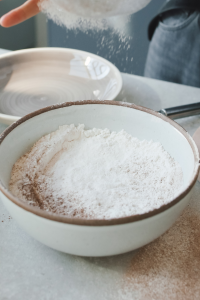
Its Role in Cakes
When it comes to baking cakes, gluten-free flour plays a crucial role in determining the texture, moisture, and structure of the final product. Unlike traditional wheat flour, gluten-free alternatives behave differently due to the absence of gluten. Here’s how gluten-free flour affects cakes:
1. Texture
Gluten-free flour tends to produce a softer and sometimes denser texture compared to cakes made with wheat flour. This is because gluten-free flours lack the protein structure that wheat flour provides. To counteract this, additional ingredients such as xanthan gum or guar gum are often added to mimic the binding properties of gluten. Check out the right Fresh Gluten-Free Flour, cake tools, and ingredients that you need here.
2. Moisture Retention
Cakes made with gluten-free flour may require more moisture-retaining ingredients such as eggs, oil, or applesauce. Gluten-free flours can be more absorbent, which means adjustments in liquid content are necessary to achieve the desired consistency.
3. Leavening Agents
Due to the different composition of gluten-free flours, leavening agents like baking powder or baking soda may need to be adjusted. This ensures the cake rises properly and maintains its structure during baking.
4. Flavor Profile
The type of gluten-free flour used can also impact the flavor of the cake. Some common gluten-free flours include rice flour, almond flour, chickpea flour, and sorghum flour, each contributing its unique taste and nutritional profile to the cake. Check out the right Fresh Gluten-Free Flour, cake tools, and ingredients that you need here.
Tips for Baking with Gluten-Free Flour
To achieve the best results when baking cakes with gluten-free flour, consider the following tips:
- Blend of Flours: Experiment with blends of gluten-free flours to achieve a balance of texture and flavor.
- Use of Binders: Incorporate binders like xanthan gum or guar gum to improve texture and structure.
- Adjust Liquid Content: Be prepared to adjust the amount of liquid ingredients to ensure the batter is not too dry or too wet.
- Test for Doneness: Gluten-free cakes may require a slightly longer or shorter baking time than traditional cakes. Use a toothpick or cake tester to check for doneness.
understanding the properties of gluten-free flour and making necessary adjustments, can help you create delicious cakes that are enjoyed by everyone, regardless of dietary restrictions.
gluten-free flour opens up a world of possibilities for baking cakes that are not only safe for gluten-intolerant individuals but also delicious and satisfying for all to enjoy. With the right knowledge and techniques, you can master the art of gluten-free baking and delight your taste buds with every slice of cake. Check out the right Fresh Gluten-Free Flour, cake tools, and ingredients that you need here.
Drilling Deeper: Comparing Gluten-Free Flours
Now, let’s drill deeper into the world of gluten-free flours by comparing some common varieties and their specific characteristics when used in cake baking.
1. Rice Flour
Characteristics: Rice flour is a popular choice for gluten-free baking due to its mild flavor and fine texture. It tends to produce cakes that are light and fluffy, though they can be slightly crumbly if not properly balanced with binding agents.
Best For: It works well in recipes where a lighter texture is desired, such as sponge cakes or chiffon cakes.
2. Almond Flour
Characteristics: Almond flour adds a rich, nutty flavor and moist texture to cakes. It’s high in protein and healthy fats, making it a nutritious choice. Cakes made with almond flour can be denser and more moist than those made with rice flour.
Best For: It’s ideal for creating dense cakes like pound cakes or flourless chocolate cakes. Check out the right Fresh Gluten-Free Flour, cake tools, and ingredients that you need here.
3. Chickpea Flour
Characteristics: Chickpea flour, also known as gram flour, lends a slightly nutty flavor and a dense texture to cakes. It’s high in protein and fiber, providing a hearty structure to baked goods.
Best For: It’s suitable for hearty cakes and baked goods where a denser texture is desired, such as carrot cakes or spice cakes.
4. Sorghum Flour
Characteristics: Sorghum flour has a mild, sweet flavor and a fine texture. It’s versatile and blends well with other gluten-free flours. Cakes made with sorghum flour tend to be moist and have a tender crumb.
Best For: It works well in a variety of cake recipes, from layer cakes to muffins, providing a balanced texture and flavor.
tips for Choosing the Right Flour
When selecting a gluten-free flour for baking cakes, consider the flavor profile you want to achieve and the texture you prefer. Blending different gluten-free flours can often yield the best results, balancing out their individual characteristics to create a cake that is both flavorful and structurally sound.
Experiment with different combinations and ratios of gluten-free flours, taking into account the specific requirements of your recipe and the preferences of those who will be enjoying your baked creations. Check out the right Fresh Gluten-Free Flour, cake tools, and ingredients that you need here.
comparison tabular
Here’s a comparison table summarizing the key characteristics and considerations of different types of gluten-free flours commonly used in baking cakes:
| Gluten-Free Flour | Characteristics | Best For | Considerations |
|---|---|---|---|
| Rice Flour | Mild flavor, fine texture, light and fluffy cakes | Sponge cakes, chiffon cakes | Can be crumbly without proper binding agents |
| Almond Flour | Nutty flavor, moist texture, dense cakes | Pound cakes, flourless chocolate cakes | High in protein and fats, may require adjustment in liquid content |
| Chickpea Flour | Nutty flavor, dense texture, high protein and fiber | Carrot cakes, spice cakes | Can impart a strong flavor, may need blending with other flours |
| Sorghum Flour | Mild, sweet flavor, fine texture, moist cakes | Layer cakes, muffins | Versatile, blends well with other flours |
Key Notes and Considerations
- Texture: Each flour type contributes differently to the texture of cakes. Rice flour tends to produce lighter cakes, while almond and chickpea flours yield denser textures.
- Flavor: Consider the flavor profile each flour adds to your cakes. Almond flour adds a nutty taste, while sorghum flour offers a mild sweetness.
- Nutritional Content: Almond and chickpea flours are higher in protein and healthy fats, providing added nutritional benefits.
- Moisture Retention: Adjust liquid ingredients accordingly to achieve the desired moistness, as gluten-free flours can vary in absorbency.
- Use of Binders: Xanthan gum or guar gum may be necessary to improve texture and structure, especially with flours like rice and sorghum. Check out the right Fresh Gluten-Free Flour, cake tools, and ingredients that you need here.
FAQs on Gluten-Free Flour in Cake Baking
1. What is gluten-free flour made of?
Gluten-free flour can be made from a variety of grains and nuts such as rice, almond, chickpea, sorghum, and more. These flours are processed to remove gluten-containing proteins found in wheat, barley, and rye.
2. How does gluten-free flour affect the texture of cakes?
Gluten-free flours lack the elasticity provided by gluten, resulting in cakes that may be denser or more crumbly than those made with wheat flour. Proper use of binders like xanthan gum or guar gum can help improve texture.
3. Can I substitute gluten-free flour for wheat flour in any cake recipe?
While it’s possible to substitute gluten-free flour in many cake recipes, adjustments in other ingredients such as binders, liquids, and leavening agents are often necessary to achieve the desired texture and rise.
4. What are the advantages of using almond flour in gluten-free baking?
Almond flour adds a rich, nutty flavor and moist texture to cakes. It’s also high in protein and healthy fats, offering added nutritional benefits compared to other gluten-free flours.
5. How can I prevent gluten-free cakes from becoming dry?
Ensure you adjust the amount of liquid ingredients to accommodate the absorbency of gluten-free flours. Adding ingredients like eggs, oil, or applesauce can help retain moisture in gluten-free cakes. Check out the right Fresh Gluten-Free Flour, cake tools, and ingredients that you need here.
Final Words
Exploring the world of gluten-free flour in cake baking opens up a realm of possibilities for creating delicious treats that cater to various dietary needs and preferences. Whether you’re experimenting with almond flour for its nutty richness or sorghum flour for its mild sweetness, understanding the unique characteristics of each flour type empowers you to bake with confidence.
By following tips for texture adjustment, understanding flavor profiles, and leveraging the nutritional benefits of gluten-free flours, you can create cakes that not only meet dietary restrictions but also delight the taste buds of everyone who enjoys them.

Hi!
I’m Mike, the creator of Forum Foodies. In my own personal experience, understanding ingredients is key to great cooking.
Forum Foodies offers guides on various ingredients, from staples to exotic finds. Join our community, share your experiences, and learn from fellow food lovers.
Have questions or suggestions? Email me at info@forumfoodies.com. Let’s embark on this delicious adventure together.
Happy cooking.
Mike/
Related Posts
- GHF: Gluten-Free Hazelnut Flour role in cakes Explained
In this topic, I'm going to talk about gluten-free hazelnut flour and its role in…
- CCTF: Chocolate Cake Flour role in cakes Explained
In this topic, I'm going to talk about a crucial ingredient in baking: Chocolate Cake…
- AFS: Almond Flour Sponge role in cakes Clarified
In this topic, I'm going to talk about the role of almond flour sponge in…
- HPF: High-Protein Flour role in cakes Clarified
In this topic, I'm going to talk about High-Protein Flour (HPF) and its role in…
- CCFL: Corn Cream Flour role in cakes Clarified
In this topic, I'm going to talk about CCFL - Corn Cream Flour in my…
- BGF: Buckwheat Grain Flour role in cakes Clarified
In this topic, I'm going to talk about the role of Buckwheat Grain Flour (BGF)…
- MSF: Millet Seed Flour role in cakes Explained
In this topic, I'm going to talk about the role of Millet Seed Flour (MSF)…
- CFG: Corn Flour Gel role in cakes Explained
In this topic, I'm going to talk about Corn Flour Gel in my own personal…
- CRF: Cashew Rice Flour role in cakes Clarified
In this topic, I'm going to talk about the role of CRF - Cashew Rice…
- NSF: Nutmeg Spice Flour role in cakes Clarified
In this topic, I'm going to talk about NSF - Nutmeg Spice Flour, based on…
- CFC: role in cakes Clarified
In this topic, I'm going to talk about coconut flour and its role in cakes,…
- AFL: in cakes Clarified
In this topic, I'm going to talk about the role of almond flour in cakes,…
- DMF: Dry Milk Flour role in cakes Clarified
In this topic, I'm going to talk about DMF - Dry Milk Flour in my…
- GFC: in cakes Clarified
Hey there, cake lovers. In this topic, I'm going to talk about Gluten-Free Cake (GFC)…
- GCF: Ground Cinnamon Flour role in cakes Explained
In this topic, I'm going to talk about Ground Cinnamon Flour (GCF) in my own…

